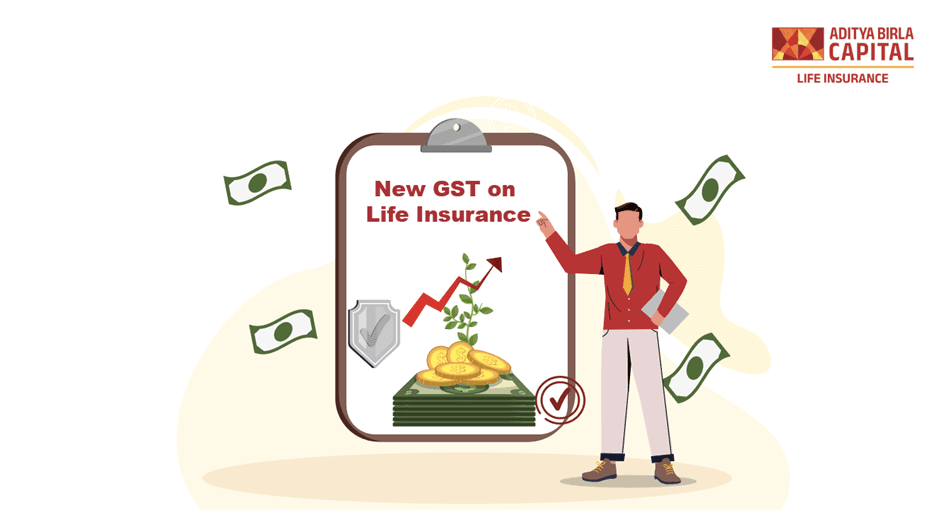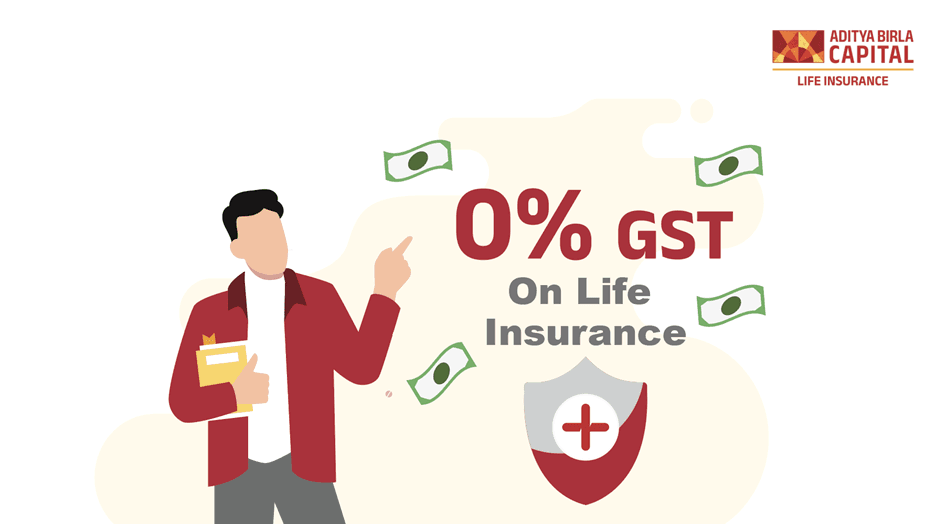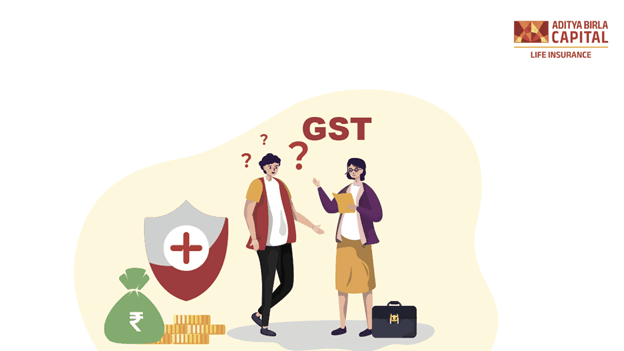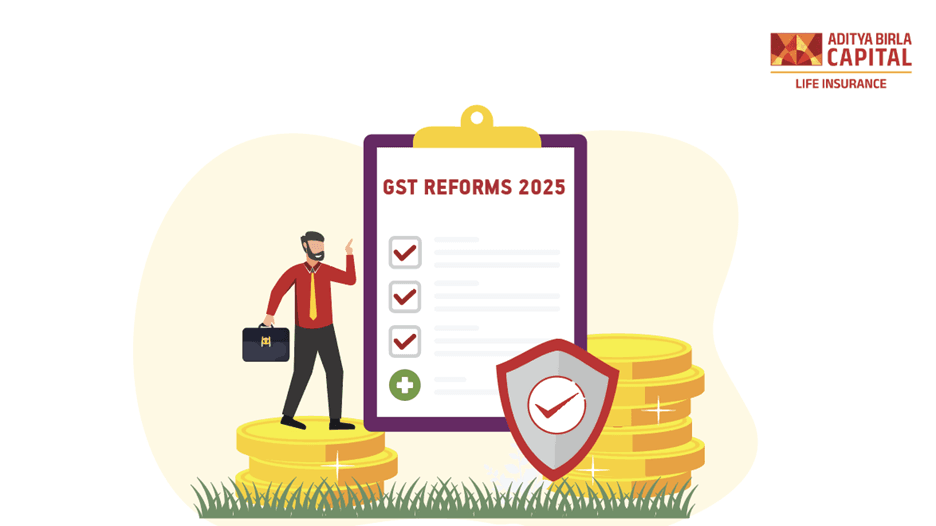How to Pay Income Tax Online?

Plan Smarter, Live Better!
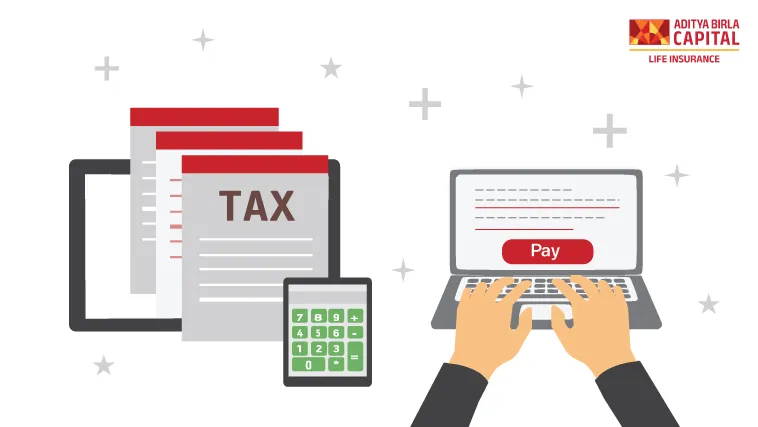
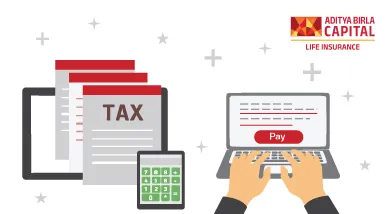
- Table of Contents
How Online Tax Payments Operate
The following factors, which are listed in further detail below, must be present for tax payments to be made online:
PAN:
To pay your income tax, you must have a valid PAN card issued in your name. The PAN card holds the PAN, an alphanumeric 10-digit number. Additionally, the PAN number is required to access the ITR site. The most crucial element if you want to pay your income tax online effectively is your PAN.
TAN:
TAN, also known as Tax Deduction and Collection Account Number, is an additional prerequisite for successfully submitting your income tax payment. According to the Income Tax Act of 1961, the payer must withhold Tax Deduction at Source (TDS) before paying the recipient and submitting the TDS to the IT department. Individuals and organisations engaged in these forms of payments are required to hold TANs.
E-payment:
You may easily make direct tax payments online using a variety of internet platforms if you have a PAN and TAN.
OLTAS:
Online Tax Accounting System (OLTAS) is a database that aids in the management of the Income Tax Department's tax collecting efforts throughout the nation.
ERACS:
The Electronic Return Acceptance and Consolidation System (ERACS) is a web-based tool used to upload TDS, Tax Collection at Source (TCS), and Annual Information Return (AIR) data to the TIN's central computer system.
Who Is Required to Submit an ITR?
The following are the numerous ITR forms and their application to taxpayers who must submit an ITR:
ITR 1:
For people who are residents (other than usual residents) and have taxable income of up to Rs.50 lakh from salaries, one residential property, other sources (interest, etc.), and agricultural income of up to Rs.5,000.
ITR 2:
For individuals and HUFs who do not have income from business or professional profits and gains. Individuals with capital gains and agricultural income over Rs. 5,000 must utilise this return form.
ITR 3:
For individuals and HUFs with income from business or profession profits and gains. The return might include house property, wages, capital gains, etc.
ITR 4:
Individuals, HUFs, and Firms (other than LLP) residing in India with a total income of up to Rs.50 lakh and income from business and profession estimated under sections 44AD, 44ADA, or 44AE.
ITR 5:
This income tax return is for businesses, LLPs, AOPs (Association of Persons) and BOIs (Body of Individuals), Artificial Juridical Persons (AJP), and the estate of a dead person.
FAQs How to Pay Income Tax Online
It is a regulated form in which a person's income is generated in a fiscal year, and taxes paid on that income are notified to the Income-tax Department. Multiple conditions of income returns are specified for submitting returns for various payment types. These forms are available for download at www.incometaxindia.gov.in.
ITR return forms have no attachments. Therefore, the taxpayer must not include documents (such as evidence of investment, TDS certificates, etc.) with the income tax return (whether filed manually or electronically). However, these records should be kept by the taxpayer and submitted before tax authorities when requested in the circumstances such as assessment, inquiry, etc.
A person or Hindu Undivided Family who is a partner in a company and has income subject to income tax in their/their hands under the heading "Profits or profits of business or profession" may utilise Return Form ITR-3. This income is limited to interest, salary, bonus, commission, and other compensation, by whatever name called, owing to, or received by him from such firm.
If a business partner has no income from the firm in the form of interest, salary, etc., and only exempt income in the form of a share of the firm's profit, he must use Form ITR-3 and not Form ITR-2.
The Income-tax Department has made a free e-filing utility (i.e., software) for generating e-returns and electronically submitting returns. The Department's e-filing facility is primary and easy to use and comes with instructions on how to utilise it.
Taxpayers may offer their income tax returns by utilising the e-filing application. The utility may be obtained by visiting www.incometaxindiaefiling.gov.in.
E-payment electronically pays taxes (through net banking or SBI's debit/credit card), while e-filing electronically submits income tax returns. The taxpayer may conveniently and swiftly fulfil his tax and return filing responsibilities using the e-payment and e-filing service.
Filing returns is your responsibility, and it grants you the honour of voluntarily contributing to the country’s progress. Aside from that, your income-tax returns establish your creditworthiness in the eyes of financial organisations, allowing you to access a variety of economic advantages such as bank credits, etc.
If you have a loss in the fiscal year that you want to carry over to the next year for adjustment against future year(s) positive income, you must file a claim of loss by the due date.
Yes, since legal actions under the Income-tax Act may be commenced up to four or six years (depending on the situation) before the current fiscal year, you must save such records for at least this time.
However, in some instances, actions might be commenced even after six years. Therefore, keeping a copy of the return for as long as feasible is best. Furthermore, with the advent of e-filing, saving a copy of the income tax return is relatively straightforward.
Amounts paid as advance tax and withheld as TDS or collected as TCS will take on the character of your tax payable only once you have completed your self-assessment of your income.
This self-assessment is sent to the Department via the submission of the income tax return. Only then does the government acquire ownership of the taxes you have paid. Return filing is crucial for this procedure and has therefore been made obligatory. Failure will result in a penalty.
Every individual who deducts tax at source is required to report the amount of tax deducted to the Income-tax Department. The information will include the deductee's name, Permanent Account Number, the amount of tax deducted, the amount paid to the deductee, the date of payment of TDS to the government’s credit, and so on. The Income-tax Department will amend the deductee's Form 26AS based on the TDS information given by the deductor.
Buy ₹1 Crore Term Insurance at Just ₹575/month1
ABSLI DigiShield Plan
Life cover up to 100 years of age.
Joint Cover Option
Inbuilt Terminal Illness Benefit
Tax Benefit^
Return of Premium Option~
Life Cover
₹1 crore
Premium:
₹575/month1
Most Popular Calculator
ADV/9/22-23/1584



